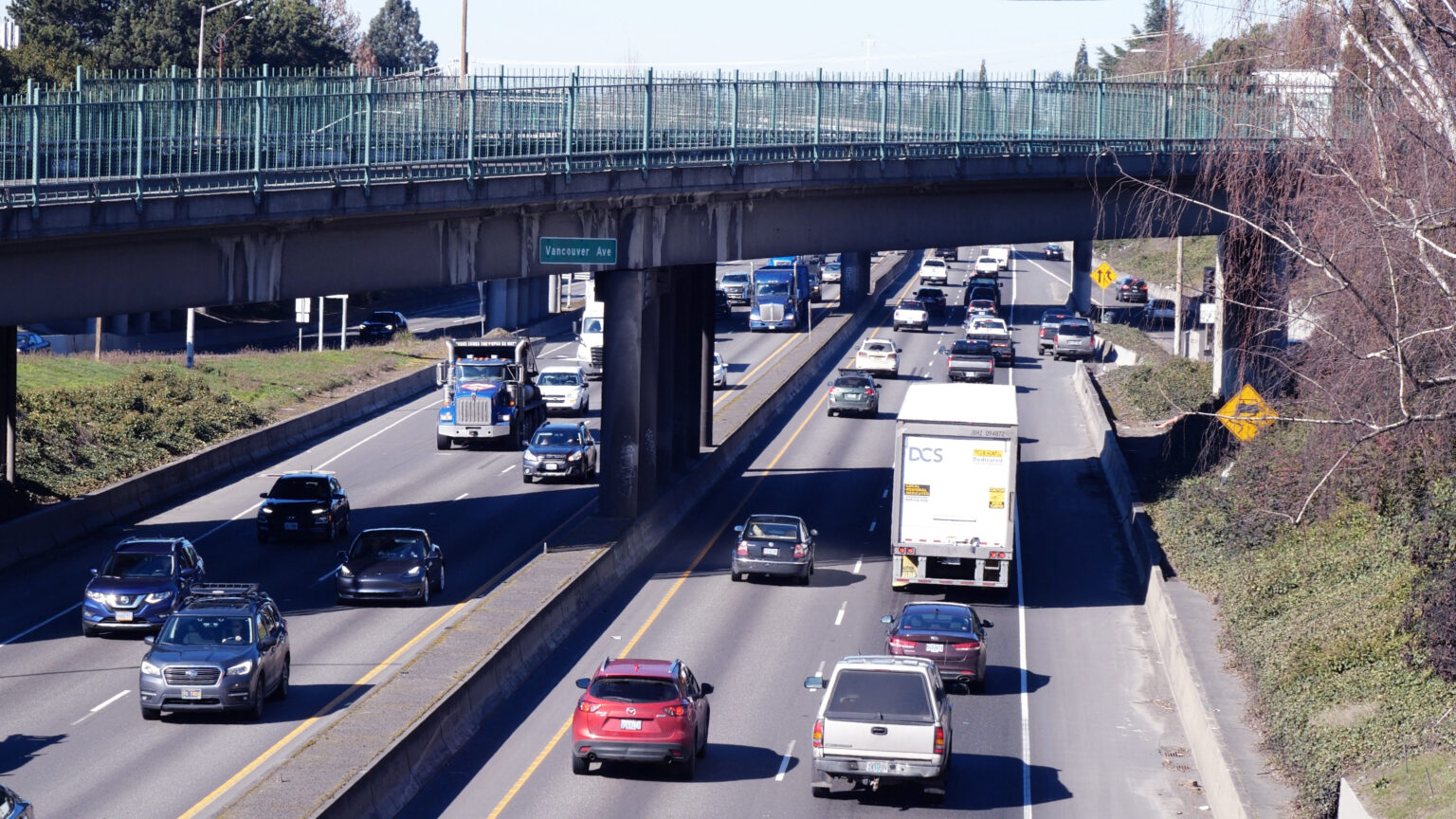Oregon Employment Department cuts backlog, but still faces claims from newly eligible workers
Published 12:00 am Friday, June 5, 2020

- PMG FILE PHOTO - The pandemic disrupted businesses, leading to an avalanche of unemployment claims for the state agency that handles them.
Even when the Oregon Employment Department works through the 5,800 remaining claims from a total of 38,000 backlogged claims for regular unemployment benefits, it still faces thousands more claims from workers newly eligible for payments.
Interim Director David Gerstenfeld says his agency, now supported by 150 volunteers from other state agencies and the Oregon National Guard, will turn full attention to them as a self-imposed deadline of Friday, June 12, looms for processing the 5,800 claims.
The volunteers are doing so on top of their regular jobs. They started outreach efforts earlier this week to thousands of self-employed people, independent contractors, freelancers, gig and temporary workers who have filed claims under the new program.
“Citizen soldiers and airmen have been trained to provide support and are making outbound calls, focusing on people who are waiting on Pandemic Unemployment Assistance benefits,” Gerstenfeld said Wednesday, June 10, in a conference call with reporters.
He referred to the federal program that allows those workers to get benefits for the first time since the 1930s, when unemployment insurance came into being during the Great Depression. Congress created the program as part of the $2 trillion CARES Act in response to the downturn caused by business shutdowns related to the coronavirus pandemic. The law also requires states, which run programs under federal rules, to verify that these workers do not qualify for regular unemployment benefits.
“We thought it probably would be the most difficult of the CARES Act programs for us to implement,” Gerstenfeld said. “That estimation has been borne to be true.”
He said the difficulty was compounded by Oregon having to connect a more user-friendly application form for that program with the mainframe system, which dates back about three decades, that the agency uses to make benefit payments.
Gerstenfeld said he still had no firm numbers of how many Oregonians in those job categories have applied for or are receiving benefits. In previous briefings, officials have offered rough estimates of more than 50,000 applicants and 10,000 recipients, the latter made possible because the agency enrolled them in a pilot project. They have received $69 million so far.
The National Guard members were enlisted to help with calls after a written suggestion by state Rep. Paul Evans, D-Monmouth, an Air National Guard veteran with active-duty service in Kuwait and Afghanistan. Evans wasn’t present at the May 30 meeting of the House Business and Labor Committee, but Chairman Paul Holvey, D-Eugene, said it was Evans’ idea.
Gerstenfeld said in addition to the volunteers, the agency has acquired 138 more telephone lines and a dedicated number (833-410-1004) to field calls from these workers.
“We know that many people have been anxious about their PUA claims,” he said. “Because of that, call volumes are very high right now.
“We have heard clearly the frustration the public was sharing with us about their not being able to get through to us on the phone lines.”
Gerstenfeld was a division director within the agency — and led the unemployment insurance division for eight years — when Gov. Kate Brown fired agency director Kay Erickson on May 31 and made Gerstenfeld the interim director.
Erickson already had announced an effort to whittle away at the 38,000 oldest claims and process them by Friday, June 12. Gerstenfeld said that as of Tuesday, June 9, the remaining number was 5,800.
“A key part of our ability to do this was having some of our most experienced claims experts focus on processing the claims that have been waiting the longest,” he said.
Actual pending claims for regular unemployment benefits were 13,000, although Gerstenfeld said the number of new claims has slowed considerably in recent weeks. The agency received a record 473,000 claims between March 15 — when the first of Gov. Brown’s stay-at-home orders were issued — and May 30. During the Great Recession a decade ago, Oregon’s peak job losses were 147,000 — and it took a year to get to that total.
New applications for regular unemployment benefits average between 15,000 and 20,000 per week, he said.
“That is down significantly from where it was when this crisis first hit us as we were receiving 70,000 to 80,000 new applications each week. It is still many times higher than when we were before this crisis,” which Gerstenfeld said were 2,700 per week.
He did say call-waiting times were still too long. On June 9, the average waiting time was 102 minutes. But he said the staff and volunteers fielded 1,301 calls that day, up from 529 on May 29.
pwong@pamplinmedia.com
twitter.com/capitolwong





